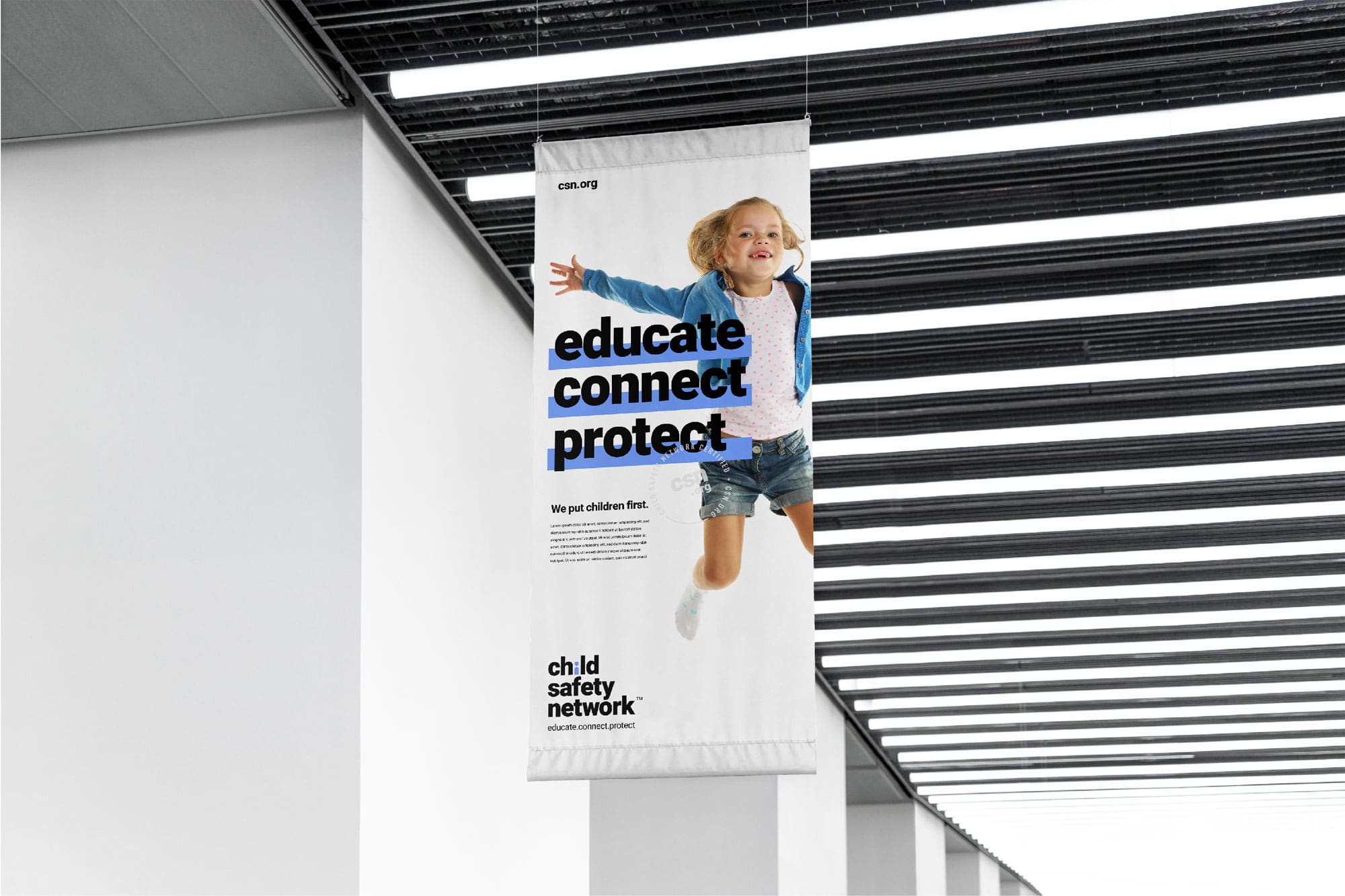

Determine how you can collaborate to solve the problem. Identify potential partners that share the same issues. Assess the safety issues in your neighborhood.It can also be disseminated in hard copy to states through CPSC’s State and Local Program. The tool kit is available through the CPSC Web site. Our goal is to provide communities with resources that are both affordable and available. The services offered, the organizations participating, and the programs generated should be responsive to the culture and characteristics of the community served.Ĭommunity leaders need flexibility in how they organize their safety programs and communicate with the public.The focus and management of services should occur within a collaborative environment.Programs must be driven by the needs of the community.Safety Programs developed in the community should incorporate the following considerations: In many communities, product safety services are unavailable, unaffordable and may not reach underserved or under-represented populations. start to identify the damaging language and actions associated with gender inequality.The Neighborhood Safety Network Tool Kit provides an effective way to organize, coordinate, and deliver product safety services to families in their community.identify a female role-model that they respect and why.unpack the key messages of gender equality and respect in No Difference Between Us and/or Pearl Fairweather, Pirate Captain.explore what is the ‘same’ and what is ‘different’ between boys and girls.discuss the terms ‘respect’ and ‘disrespect’ and identify their meanings.we are more the same than we are different.gender equality means equal opportunities for all genders.it is important to listen to and respect each other’s ideas and opinions, and recognise that people see things differently.respect for self, different genders, cultures and religions is crucial for a harmonious and respectful society.empathy and kindness are crucial to a caring and compassionate world.


Through the 6 Respectful Relationships and Gender Equality lessons the children will understand that:

discuss secrets and surprises, and how secrets that make them feel bad or uncomfortable should never be kept.identify all body parts, including private body parts and private zones.identify trusted adults that they could go to if they are feeling unsafe (a Safety Network).discuss ‘body boundaries’, consent and respect.talk about what it is like to feel ‘safe’ and ‘unsafe’.discuss emotions and feelings such as happy, sad, angry, worried, etc.there are secrets, such as someone touching their private parts, that should never ever be kept.if someone does touch their private parts, asks them to touch their private parts, shows them their private parts or shows them images of private parts that they should tell a trusted adult and keep on telling until they are believed.they have rights in relation to their body.Through the 10 Body Safety lessons the children will learn that: This comprehensive Teacher's Resource Kit has been carefully designed to make the teaching of Body Safety, Respectful Relationships and Gender Equality to students in the first year of primary/elementary school, simple, age-appropriate and empowering. Body Safety Education Primary School Teacher's Resource KitĮverything you need to teach Body Safety, Respectful Relationships and Gender Equality to the children in your care!


 0 kommentar(er)
0 kommentar(er)
